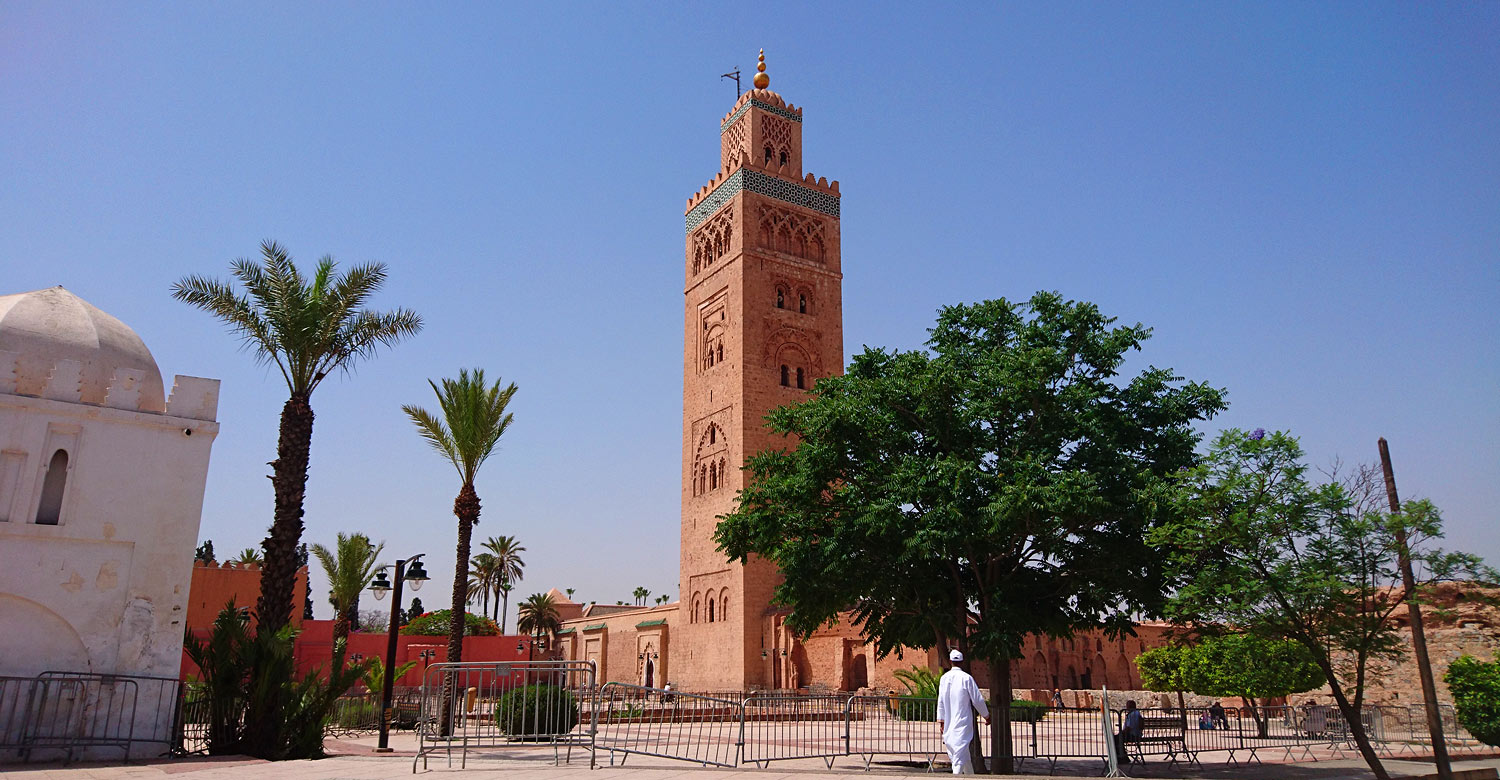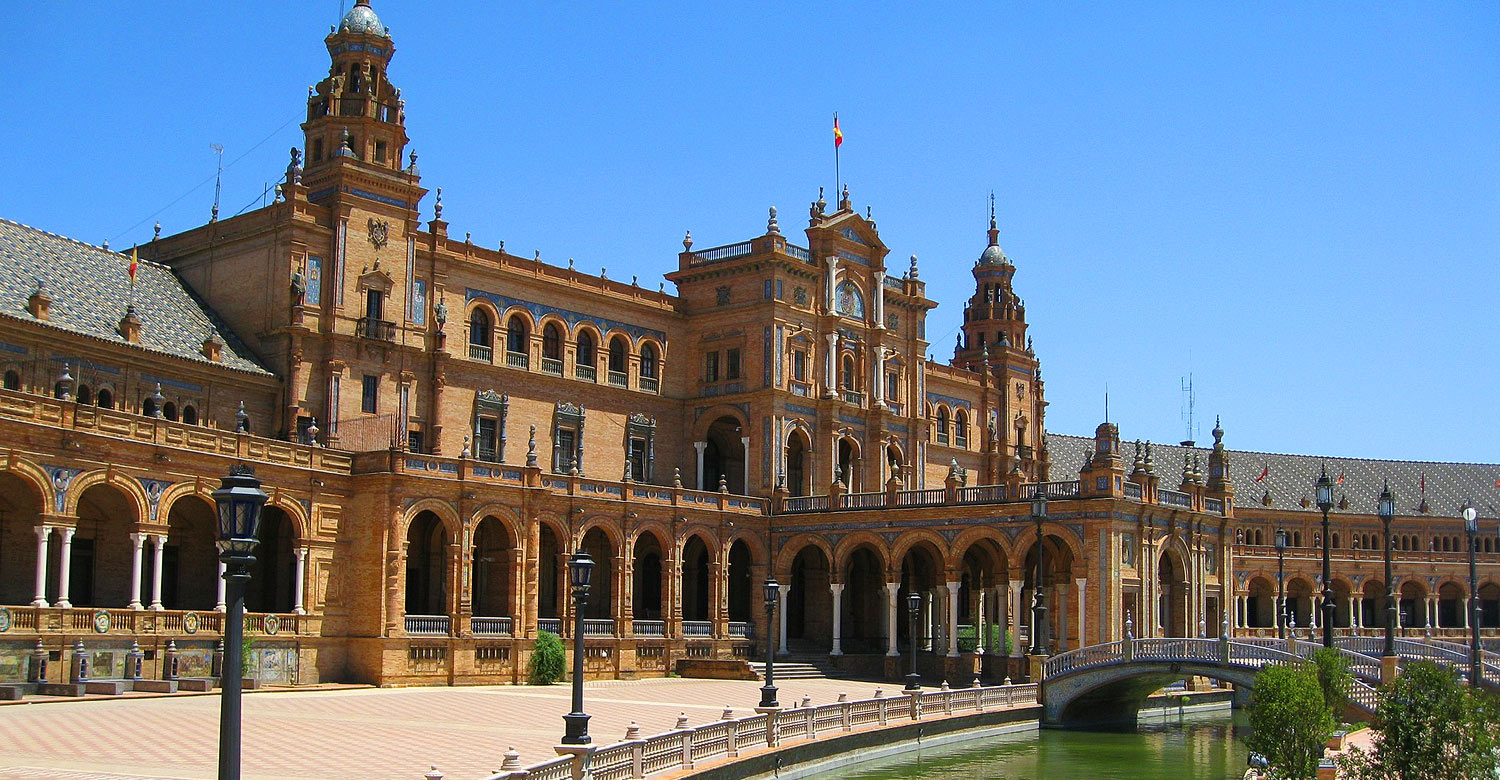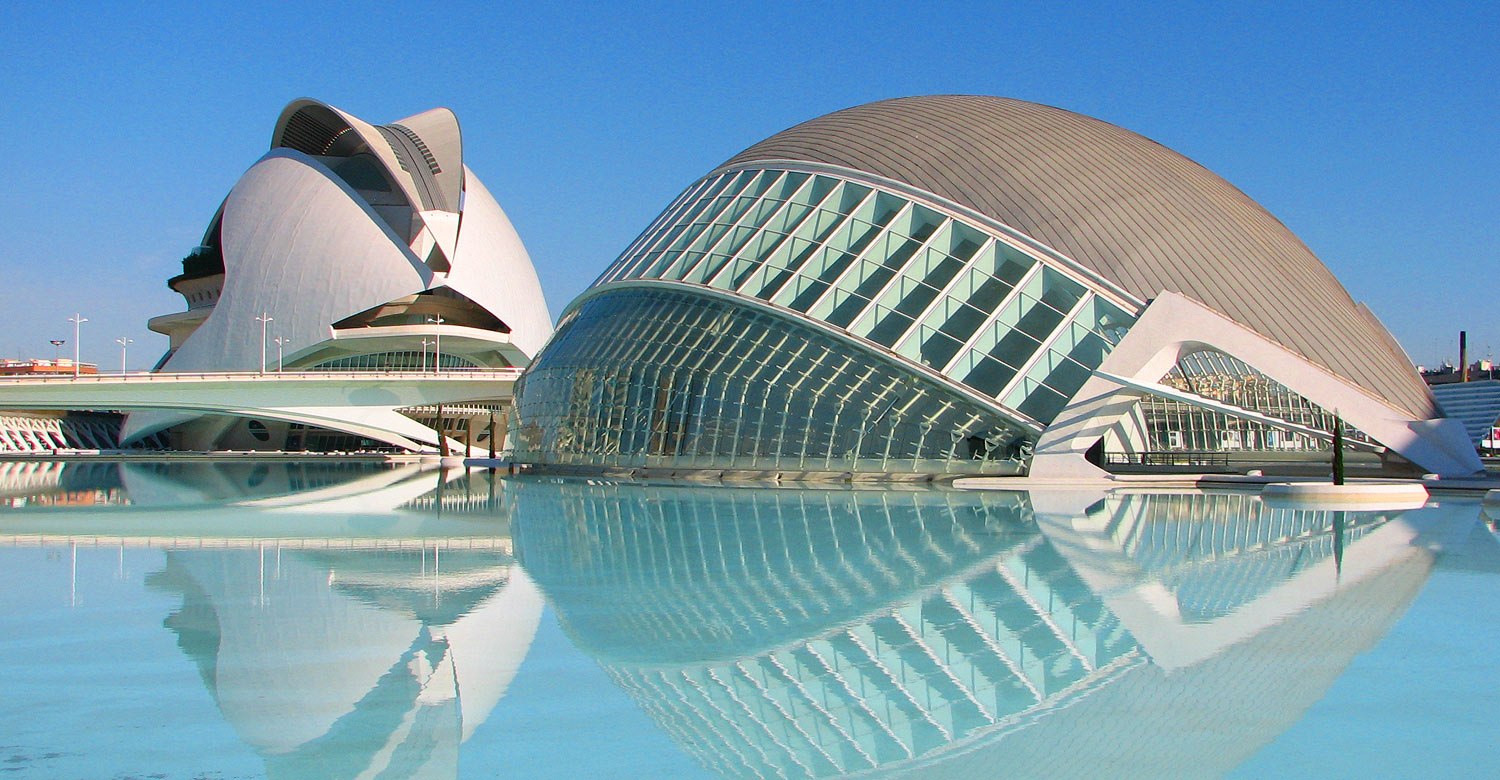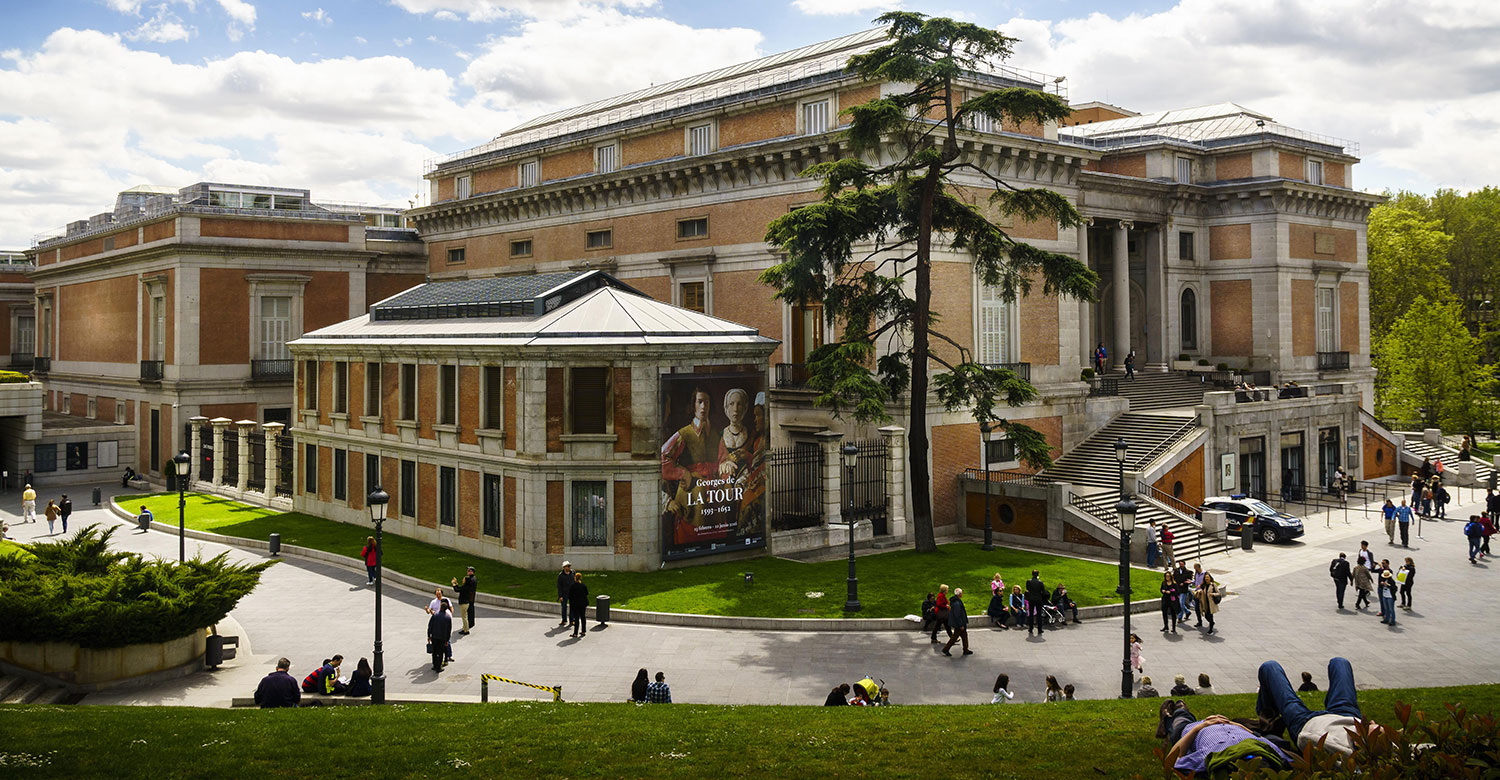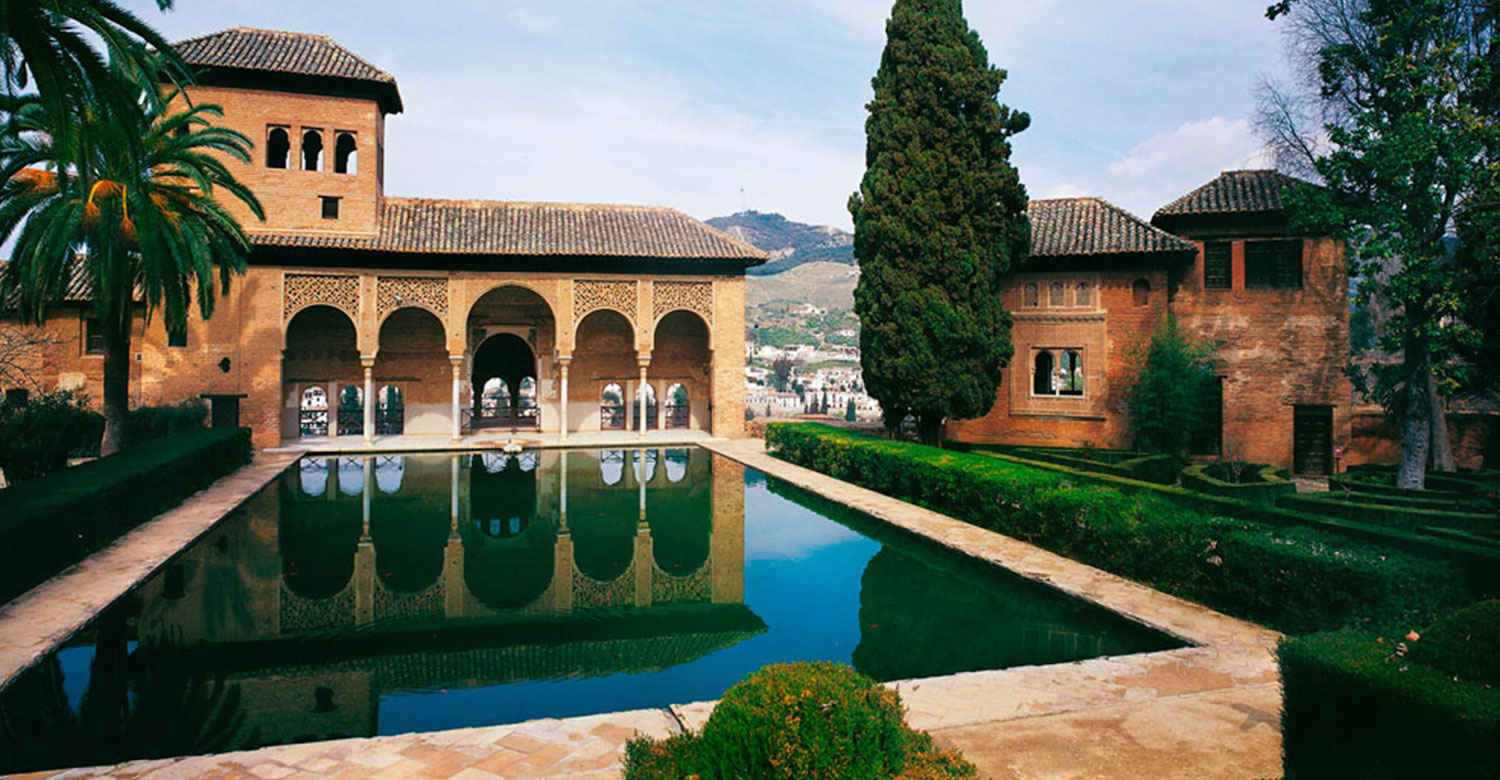Wine Not: Exploring the Many Wine Regions of Spain

Posted by on 03 Mar 2023
Spain is best known for its delectable food, festive culture full of music and dance, beautiful architecture and magical beaches. These are just some of the reasons why it remains one of the most visited countries in the world.
Another reason visitors keep coming back to Spain is its diverse selection of fine wine. With over 900,000 hectares of rich soil covered with vineyards, the regions in Spain have been creating delicious bottles of wine for centuries. These have stood the test of time to become a staple in many celebrations and special occasions.
With over 100 wine destinations in the country, we’ve listed some of the best destinations where you can get a taste of the finest wines in Spain.
Spain’s Wine Appellation & Ageing System
There are five tiers on how Spain wine is categorised. These are:
- DOCa (Denominación de Origen Calificada) - DOCa regions follow stringent winemaking regulations and use meticulously grown grapes. They are regarded as the most refined Spanish wines, which is why they are often sold at higher prices.
- DO (Denominación de Origen) - This category focuses on the location and style of the wine. Getting this title is challenging since you need to meet specific guidelines related to permitted grapes, vine yields and ageing requirements.
- VP (Vino de Pago) - This is a broader category that covers geographically and stylistically wine-producing estates that fall outside existing DO systems. They still produce high-quality wines consistently.
- VC (Vino de Calidad con Indicación Geográfica) - The wines do not quite meet the requirements for a DO status, but are above the Vio de la Tierra classification.
- VT (Vio de la Tierra) - There are no DO limitations to categories in this tier since it focuses more on the origin instead of the style and quality of the wine.
Spain also classifies their wine according to age, which is listed below:
- Crianza - This type of ageing is when red wine is aged for at least two years, with a minimum requirement of being barrel-aged for six months. Whites and rosés spend a shorter period of just one year.
- Reserva - Red wines aged for at least a year in the barrel, and a total of three years fall into this classification. Whites and rosés for at least two years with six months in the barrel.
- Gran Reserva - Bottles in this category are aged the longest: reds for at least five years, with 18 months in the barrel. White and rosé varieties are aged in a barrel for at least six months and a total of four years.
Different Wine Regions of Spain
Galicia
Enjoy a taste of Galicia’s signature white wine. This Spanish wine region receives abundant rainfall and sunshine. However, the area has trouble ripening red wine grapes fully, which is why the Albarino region mainly produces white wine.
Often compared to Portuguese wine, Galician bottles are made from high-quality grapes. Pontevedra makes wine using Albarińo grapes, while vineyard workers along the Mińo River use different varieties, such as Torrontés, Treixadura and Lado. The easternmost part of Galicia has white Palomino and Godello vineyards on its expansive terraces.
Apart from white wine, you can also delight yourself in elegant reds made from Mencia and Tempranillo grapes.
Castille y Leon
Castille y Leon is known worldwide for its stunning gothic castles and cathedrals. But something you should also look for during your visit is its rich wines. Its elevated plateau has 11 official wine regions in Spain and covers roughly one-fifth of Spain’s entirety.
There are two popular Spanish wine regions in Castille y Leon: Ribera del Duero and Rueda. The former produces red wine from Tempranillo grapes. A bottle must consist of at least 75% Tempranillo and blended with other varieties, such as Merlot, Malbec and Cabernet Sauvignon.
The latter offers aromatic whites made from Verdejo. Other grape varieties, such as Palomino, Sauvignon Blanc, Chardonnay and Viognier, are also used in its production.
Pais Vasco
Pais Vasco, or the Basque Country, is one of Spain's most magnificent places to visit due to its stunning landscapes, rich history and remarkable cuisine. It is also slowly achieving recognition for its wines.
Txakoli is a must-try Spanish wine in this region, perfect for a light afternoon. It has a refreshing fruity taste, slight sparkle and high acidity. Pair it with some fish or other seafood dishes for the complete and authentic Basque experience.
La Rioja
La Rioja is the first region to be awarded the DO status in the country and is one of the only two to be upgraded to DOCa status. It offers a diverse selection of aged red, white, and pink wines.
La Rioja has three wine-growing regions: Alta, Alavesa and Baja. Rioja Alta produces wines with the perfect balance of acidity and bright flavours. Alavesa wines are much more acidic. Bottles from Baja are made from Garnacha grapes and are heavily influenced by the Mediterranean.
Valencia
Valencia is the oldest Spanish wine region, with its production history going back to as early as the Neolithic age. It produces a wide assortment of grape varieties thanks to its rich lime-bearing soils, such as Monastrell, Cava and the native Bobal.
Navarra
Navarra is also slowly gaining traction for its diverse selection of delicious red and rosé wines. The region experiences complex terroirs, or the combination of soil, climate and sunlight that gives the grapes their distinct characteristics.
Locals and visitors can choose from reds, such as the famous Tempranillo, Cabernet Sauvignon and Merlot. They also have more luxurious white wines made from Chardonnay, Viura and Moscatel grapes.
Aragon
Aragon is a region of extremes. The weather can either get extremely cold or unbearably hot. The polarising temperatures are what give its wine its unique flavour profile. The Somontano region produces Moristel and Alcañon grapes that are often blended with other varieties. Cariñena is known for its namesake red grape variety. Campo de Borja is the place to go for aromatic red wines, but if you’re looking for a more diverse selection, include Calatayud on your itinerary.
Catalonia
Located northeast of Spain is the birthplace of Spanish Cava wine. This famous sparkling wine is made from the perfect blend of Macabeu, Parellada and Xerello. Many wine connoisseurs also compare it to the French Champagne and the Italian Prosecco.
Together with Rioja, Priorat is another wine region with a DOCa qualification, which can be credited to its uniquely slate soil. The vines here dig deep and get stronger minerality. Many of its red wines use Garnacha, Carinena and French grapes, such as Merlot and Syrah.
Murcia
Best known for its Monastrell and three DOs, Murcia is a must-visit destination for wine lovers. This Spanish wine region has similar climatic and soil conditions to some areas in France, which paved the way for it to gain a reputation in winemaking.
Today, more than three-quarters of its vineyards are planting Monastrell, a red wine grape variety known for its aromatic blends reminiscent of coffee and oak spices. You can also get a bottle of its other signature grape varieties, such as Macabeo and Airen.
Madrid
Other than its staple destinations, Madrid has three sub-zones that create wine, each with its distinct styles and techniques: Navalcarnero, San Martin and Arganda.
With over 8,800 hectares of land and 100 labels, Madrid is slowly gaining prestige with its high-quality wines. The most common grapes you can find here are Tempranillo and Malvar in Arganda, Garnacha and Moscatel in Navalcarnero and Tinto Fino and Grenache in San Martin.
Castilla La Mancha
Castilla La Mancha is the largest wine region in the country. It greatly contributes to the overall wine production of Spain. The region has vineyards spanning over 200,000 hectares and sources almost half of the country’s grapes.
Traditionally, only varieties that can tolerate hot and dry climates were planted in Castilla La Mancha, such as the Airen white grape variety. This grape isn’t well-received globally, which is why Castilla La Mancha vineyards eventually had to widen their portfolios of grapes and wines.
Enjoy a Taste of Spain’s Gastronomy
Every special occasion demands a fine bottle of authentic Spanish wine, so make sure you buy a decanter during your visit. Include the many wine regions of Spain in your itinerary to learn and taste the rich and delicious grape varieties of the country.
Choose from our Spain holiday packages to get a taste of fine wine you can’t find anywhere else.
Some popular packages from Spain Holiday Packages and Travel Deals
Subscribe now for your chance to win
a $500 Travel Voucher
Be the first to hear about our new Holiday Packages






